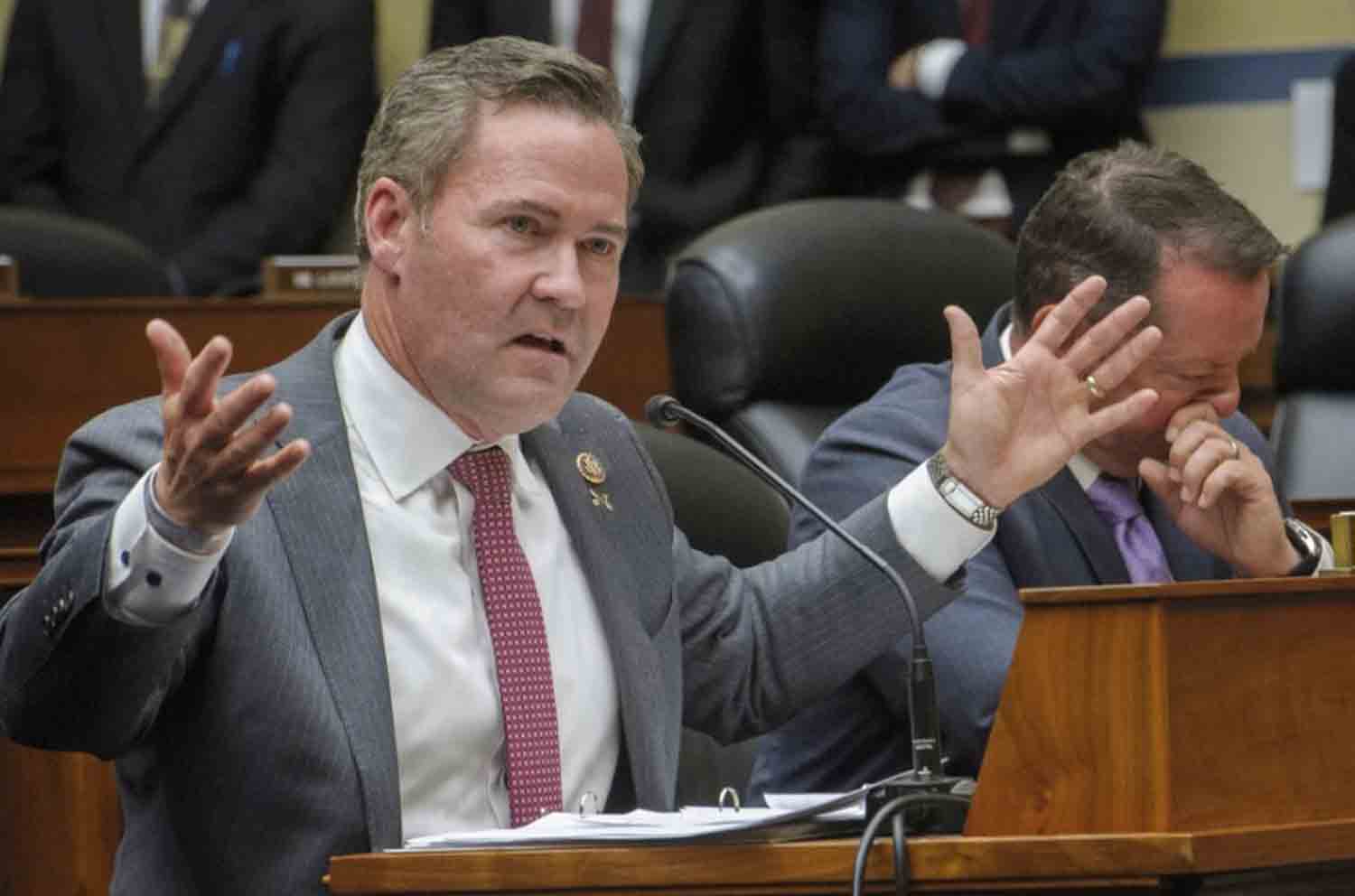The recent conflict regarding gas transit between Slovakia and Ukraine, triggered by Ukraine’s decision to stop the flow of Russian gas through its territory, has created significant disruptions in Europe’s already fragile energy markets.
On Sunday, Slovak Prime Minister Robert Fico made an unexpected trip to Moscow, where he engaged in discussions with President Vladimir Putin. Following the meeting, Fico reported that Putin had assured him of Russia’s “readiness… to continue supplying gas to the West and to Slovakia, which will be nearly impossible after January 1, 2025.”
In a post on Facebook, Fico mentioned that European Union leaders were notified on Friday about his upcoming visit to Moscow. He characterized the trip as a reaction to conversations with Ukrainian President Volodymyr Zelenskyy, who has expressed opposition to any gas transit through Ukraine once the current contract concludes on December 31.
Earlier on Thursday, after a meeting with European Union leaders in Brussels, Zelenskyy declared that Ukraine would cease allowing the transit of Russian gas.
He further clarified that the ban would extend to any gas flow “originating from Russia,” suggesting that even gas from Azerbaijan would not be permitted to transit through Ukraine.
The ongoing situation is likely to further strain the relationship between Kyiv and Bratislava. Since Fico’s return to power in October 2023, tensions with Zelenskyy have been escalating.
Fico has increasingly aligned himself with Hungary’s Viktor Orban, adopting a critical view of military assistance to Ukraine.
As a landlocked nation, Slovakia is heavily reliant on Russian gas, supplied by Gazprom through a pipeline that traverses Ukraine. SPP, Slovakia’s primary gas purchaser, has indicated that a loss of Eastern gas supplies could lead to an additional financial burden of $156.2 million.
Robert Fico stated during a confrontational press conference following a one-day summit of EU leaders in Brussels, “If anyone is going to obstruct the transit of gas to Slovakia, if anyone is going to drive up gas prices in Europe, and if anyone is going to inflict significant economic harm on the European Union, it is President Zelenskyy.”
He further asserted, “Ukraine will not be invited to NATO. It will lose a third of its territory, and foreign military forces will be present there.”
The gas conflict between Slovakia and Ukraine highlights a larger issue within the European energy landscape, which may lead to a shift in the continent’s energy reliance away from traditional suppliers, including Russia.
As tensions rise, a critical question emerges: Who benefits from the ongoing gas conflict between Slovakia and Ukraine? It appears that the United States and its expanding liquefied natural gas (LNG) sector stand to gain, as evidenced by a review of EU gas import statistics.
The cessation of Russian gas transit
Ukraine’s choice to stop the transit of Russian gas through its territory has initiated a significant shift in Europe’s energy landscape.
This move was influenced by Ukraine’s determination to prevent any gas from Russia from passing through, even if the gas originates from Azerbaijan, a major global gas producer.
Azerbaijan shares a border with Russia, and one suggested solution to the transit dilemma was for Baku to supply its gas to Europe via the pipeline that runs through Ukraine.
However, Ukraine has resisted this proposal, concerned that it would inadvertently benefit Putin, allowing Russia to profit from its gas sales to Azerbaijan.
While Slovakia, an EU member since 2004, aims to minimize economic disruption, Ukraine’s firm position on Russian gas flows adds complexity to the situation.
The expiration of the gas transit agreement could jeopardize Slovakia’s energy security, potentially leading to increased gas prices.
The role of the United States
In this context, a notable development arises. Amid the ongoing diplomatic tensions and President Zelensky’s remarks, it is clear that US LNG suppliers are poised to gain from the termination of the Russian gas transit agreement.
Recently, European Commission President Ursula von der Leyen indicated that the EU is exploring the possibility of substituting Russian LNG imports with those from the US.
“We still receive a significant amount of LNG from Russia, so why not replace it with American LNG, which is more cost-effective for us and helps lower our energy prices?” she stated to the press.
The United States has swiftly positioned itself as a top exporter of liquefied natural gas (LNG) since 2022, following significant declines in Europe’s gas imports from Russia due to the Russia-Ukraine conflict. In response, Europe has increasingly relied on the US to fulfill its natural gas requirements.
American firms, such as Cheniere Energy and Freeport LNG, are taking advantage of this surge in demand by securing long-term agreements with European clients.
By 2023, the US had become the largest LNG supplier to the European Union, representing nearly 50 percent of total imports, as reported by the European Council. This signifies a nearly threefold increase in US LNG imports compared to 2021.
Conversely, the proportion of Russian pipeline gas in EU imports plummeted from over 40 percent in 2021 to approximately 8 percent in 2023. When considering both pipeline gas and LNG, Russia’s share fell to below 15 percent of total EU gas imports.
LNG imports from Russia decreased from over 150 billion cubic meters (bcm) in 2021 to under 43 bcm in 2023. In contrast, imports from the US rose from 18.9 bcm in 2021 to 56.2 bcm in 2023, while imports from Norway increased from 79.5 bcm in 2021 to 87.7 bcm in 2023.
Discover more from Defence Talks | Defense News Hub, Military Updates, Security Insights
Subscribe to get the latest posts sent to your email.





